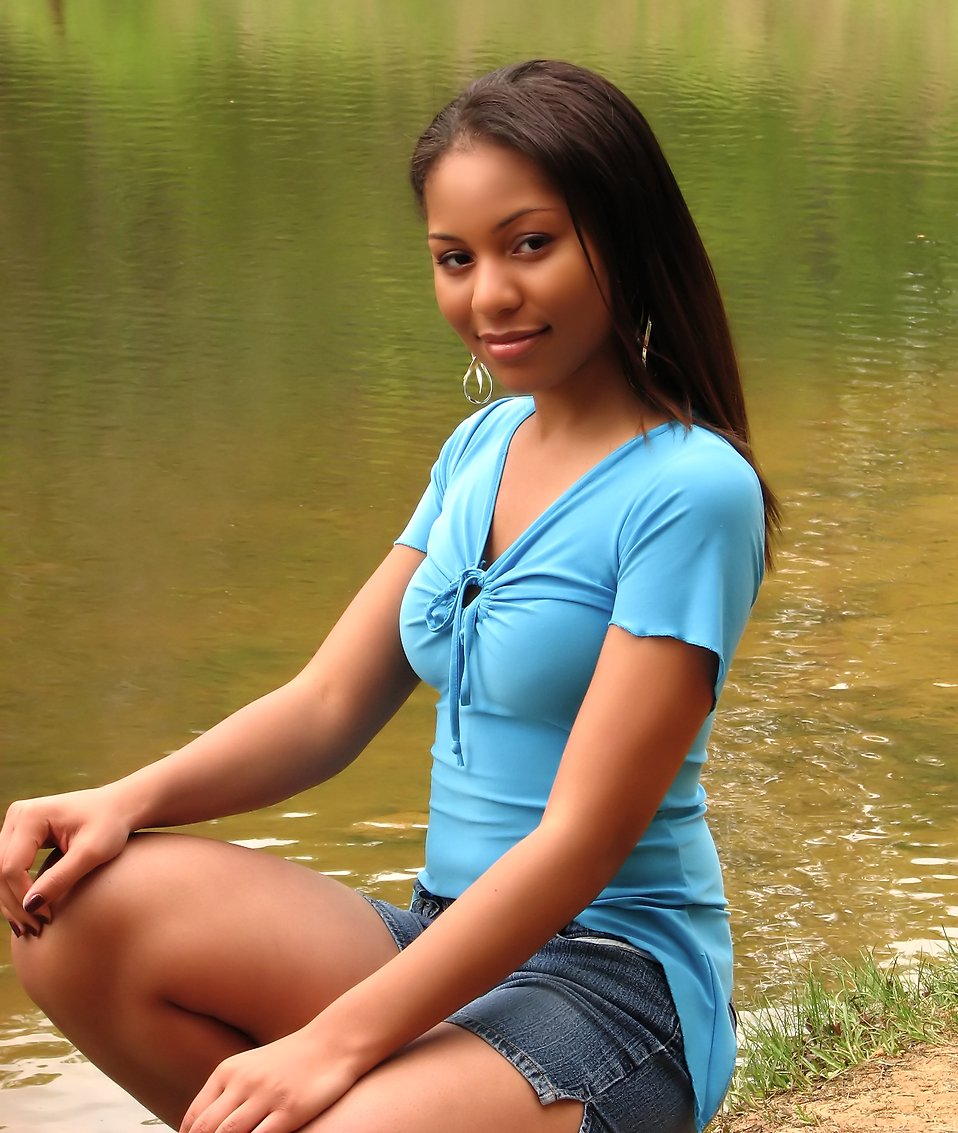
She has modeled for Chanel, Louis Vuitton, and Dior.

Adesuwa Aighewi – African-American model of Chinese and Nigerian descent.Aweng Ade-Chuol – South Sudanese model.Adwoa Aboah – British fashion model who has appeared on the cover of American Vogue, British Vogue, Vogue Italia, TIME, and Allure.Iman Abdulmajid – Somali top model who was the muse of many top designers, especially Yves Saint Laurent.

You can help by adding missing items with reliable sources. Click here to subscribe.This is a dynamic list and may never be able to satisfy particular standards for completeness. 6 issue of The Hollywood Reporter magazine. 20.Ī version of this story first appeared in the Sept. Brian Grazer and Ron Howard are executive producers on the docuseries, debuting Sept.
Black girl models series#
Executive produced by Cindy Crawford, Naomi Campbell, Christy Turlington and Linda Evangelista, each episode of the Barbara Kopple-directed four-part series will take a look at how these women disrupted the fashion industry and became household names whose influence still resonates today. 13 on Max and directed by Nailah Jefferson, Donyale Luna: Supermodel centers on the life of the woman who helped revolutionize fashion during the 1960s and ’70s and who became a muse of artist Salvador Dalí, all before her death in 1979 of a heroin overdose at 33.įour of the world’s most photographed faces will give audiences a deeper look into their iconic careers in Apple TV+’s The Super Models. Peggy Ann Freeman, who was born in Detroit in 1945, made a name for herself throughout Europe as Donyale Luna, becoming the first Black model on the cover of British Vogue in 1966. *** Famous Faces Get Their Documentary Moment This MonthĪ new film looks at Donyale Luna and her pioneering path, while Apple TV+’s four-part series spotlights the supes. “No one thought about it because no one thought to care enough about us and what we were going through and what we were feeling.” Adds Hardison of her long fight for equality, “It was a lonely ride, but I was willing to step off the cliff.” “No one else thought about doing what did,” continues Campbell. “We were not looking for an argument, we were just looking for a conversation,” says Campbell, an executive producer of Invisible Beauty. In 2013, they published open letters to each of the major design fashion councils in New York, London, Paris and Milan, calling out designers who used no or only one model of color in their shows.

That declined to 10 percent from 2018 to 2020, then rose again to 17 percent in 2021.Īfter witnessing such cycles over the years, first as a model, Hardison - along with Iman and Campbell - began to speak out about the lack of Black models in ad campaigns and on runways. According to a report from job-search site Zippia, on average about 13 percent of models on the runway from 2010 to 2017 were Black. Since that time, Black models have constantly teetered between being trendy and less visible. Iman (left) celebrated her Black Girls Coalition co-founder Hardison at the CFDA Awards ceremony in 2014. designers used an unprecedented 11 Black models in their face-off against the French. Hardison (the mother of actor Kadeem Hardison) never dreamed of walking runways, yet one day in 1967 designer Willi Smith stopped her in her tracks in her neighborhood and asked if she’d model for him - six years later, she walked in the historic Battle of Versailles Fashion Show, where U.S. Much of Hardison’s life has been unintentionally extraordinary. “I was determined to keep the title because it just seemed like it made sense,” she says.

It was at the urging of friends that she turned the camera on herself while working on her upcoming memoir. Hardison chose the name for what was originally planned as an exposé on the modeling industry that project went dormant after years of trying to get it made. The title Invisible Beauty is a nod to Ralph Ellison’s 1952 novel Invisible Man, in which an unnamed Black man narrates what life is like for African Americans in the South. One minute into the film, actress Tracee Ellis Ross calls Hardison the “godmother of fashion.”īethann Hardison Frazer Harrison/Getty Images 15, the film details the fashion industry’s history of racial exclusion and her unflagging efforts over decades to push for progress. Co-directed by Frédéric Tcheng ( Dior and I, Halston) and Hardison and in theaters Sept. I wanted them to see each other,” says Hardison, the subject of the new documentary Invisible Beauty. “I just wanted to celebrate Black models. When Bethann Hardison co-created the Black Girls Coalition in 1988 - a group formed with Iman to shine a spotlight on women of color in modeling - she didn’t know she was laying the foundation for a discussion about diversity in fashion that would continue for decades.


 0 kommentar(er)
0 kommentar(er)
